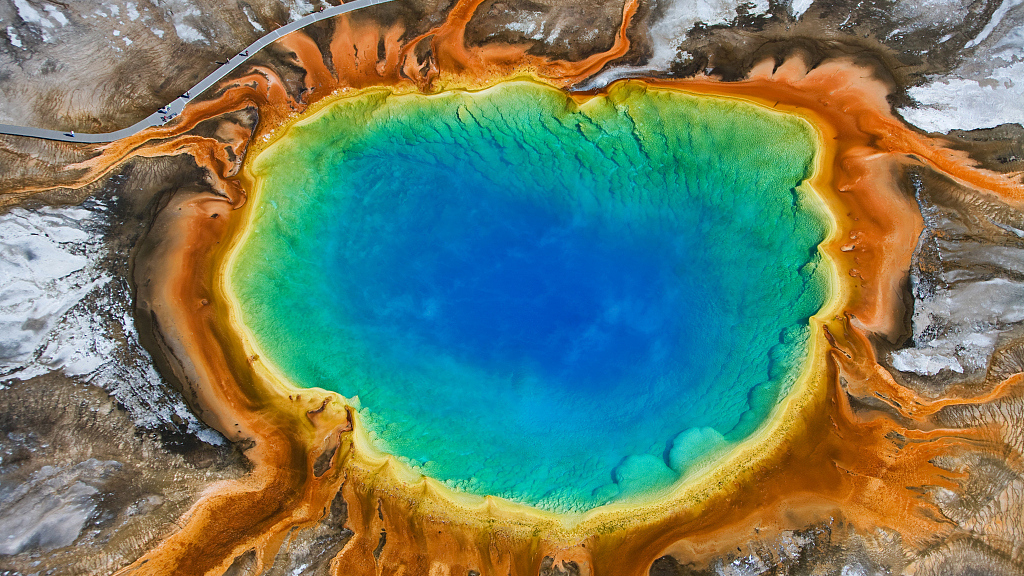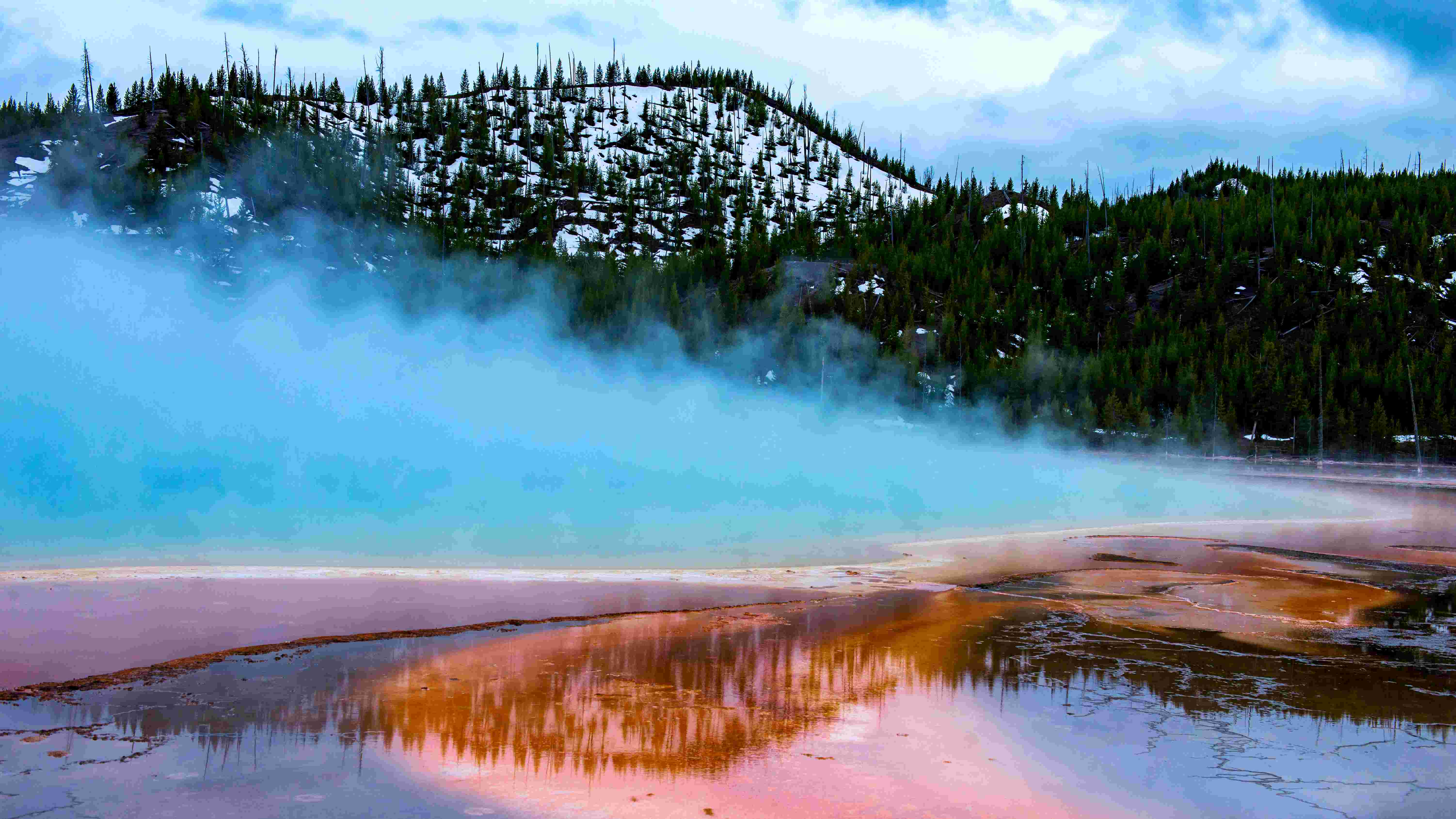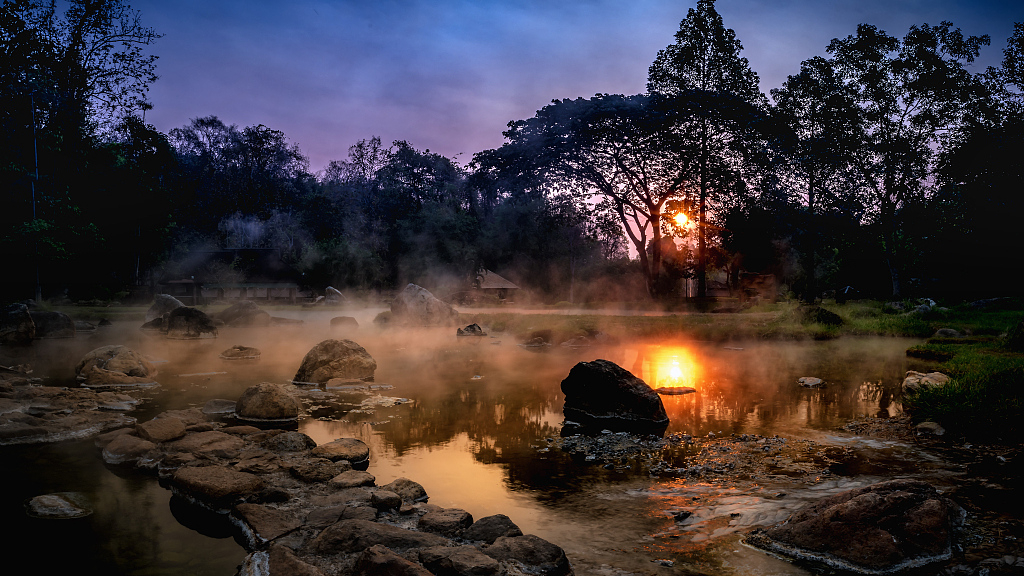
A group of scientists has found out a living creature actually inhabiting the hot springs of Yellowstone National Park, located in U.S. /VCG Photo
A group of scientists has found out a living creature actually inhabiting the hot springs of Yellowstone National Park, located in U.S. /VCG Photo
Can you imagine a creature able to live in an environment that's 100 degrees Celsius?
Interestingly, in the 1970s, a group of scientists found out a living creature that lives inside the hot springs at Yellowstone National Park, located in U.S. These microbes, known as thermophiles, are able to thrive in an extreme heat environment of 41 to 122 degree Celsius. Some of them need high temperatures to survive. Due to their special living environment, those microbes can be mostly found in the hot springs or deep sea hydro-thermal vents on earth.

Thermophiles are able to thrive in an extreme heat environment of 41 to 122 degree Celsius. /VCG Photo
Thermophiles are able to thrive in an extreme heat environment of 41 to 122 degree Celsius. /VCG Photo
How do thermophiles survive in such extreme heat environments? Scientist discovered an enzyme in thermophiles starts to work at a high temperature. The enzyme tends to be more stable at high temperature environment. Moreover, thermophiles tend to have a stronger and stable membrane than other microbes due to the rich saturated fatty acid in their bodies.

Thermophiles offer some important advantages for biotechnological applications. /VCG Photo
Thermophiles offer some important advantages for biotechnological applications. /VCG Photo
Due to their interesting specialty, thermophiles offer some important advantages for biotechnological applications. Scientists applied their ability to live in extreme heat to other enzymes or proteins. For example, extremozymes are enzymes that function at high temperature and low pH. These enzymes are used in many industrial processes, since most of the industrial processes work best at high temperatures.
Micro earth
People often find it hard to understand the presence and role of microbes in their daily lives. They are hard to see, but they are everywhere. In this series, CGTN focuses on some of the smallest organisms in nature, and explores how these powerful organisms can save or destroy us.
Read more:
Who creates ice in the microbe world?
How one micro-animal could help humans travel to Mars
Glowing Bacterium: The secret of the glowing bobtail squids
(All photos via VCG)
(If you want to contribute and have specific expertise, please contact us at nature@cgtn.com)